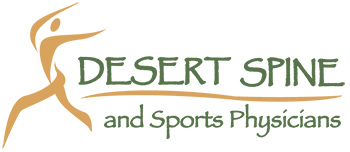Top Exercises and Stretches for Preventing Back Pain
Back pain is a common issue that affects millions of people worldwide. While lower back pain can significantly impact one’s quality of life, regular exerc...
Phone: (602) 840-0681 | Fax: (602) 957-1570 Bill Pay
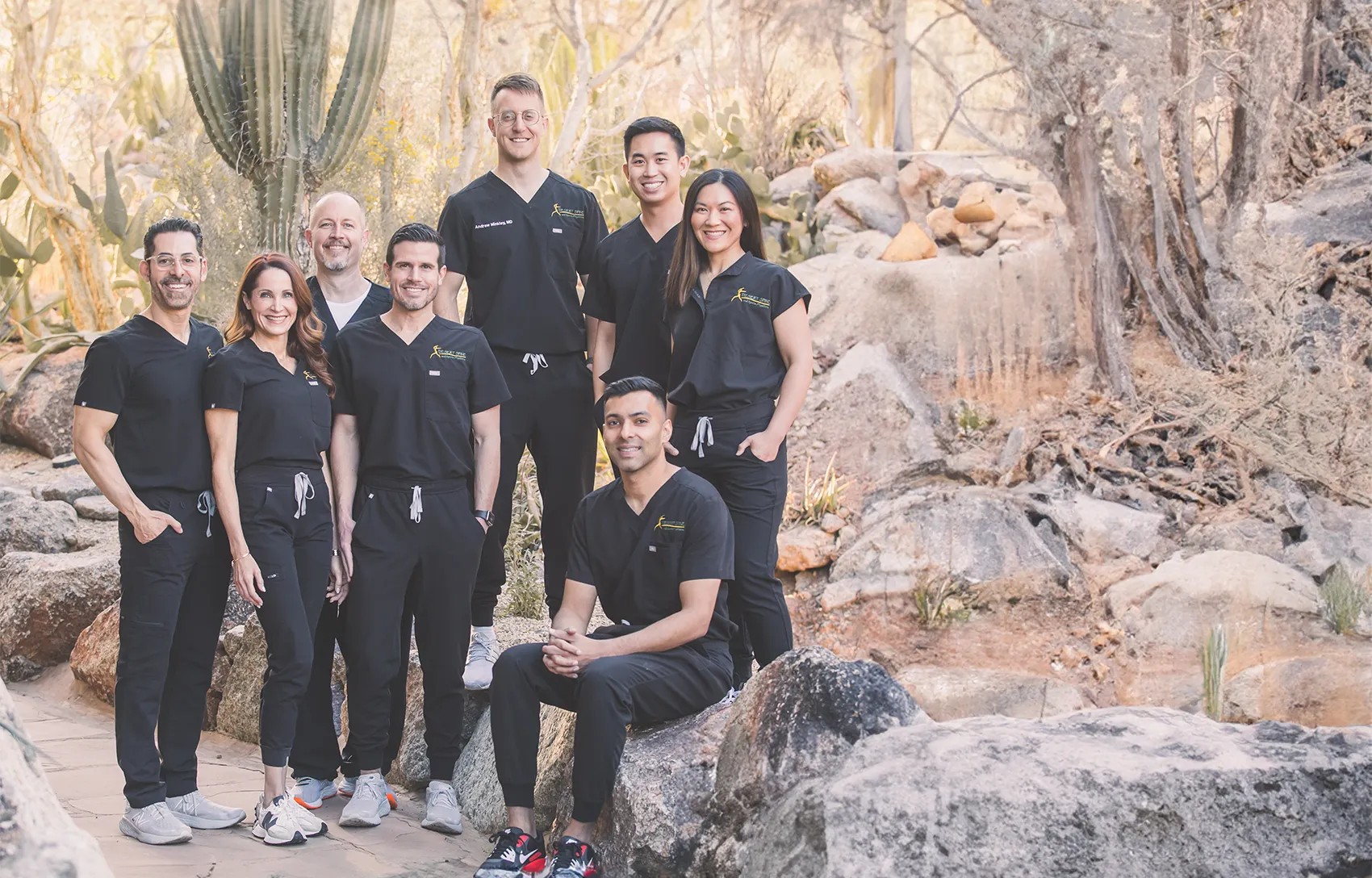
Desert Spine and Sports Physicians is dedicated to the diagnosis and non-surgical treatment of spine, sports, and musculoskeletal pain and injury.
Learn More
As board-certified specialists in Physical Medicine and Rehabilitation with additional board-certification in Pain Management, DSSP doctors specialize not only in relieving pain but also in maximizing function.
Learn More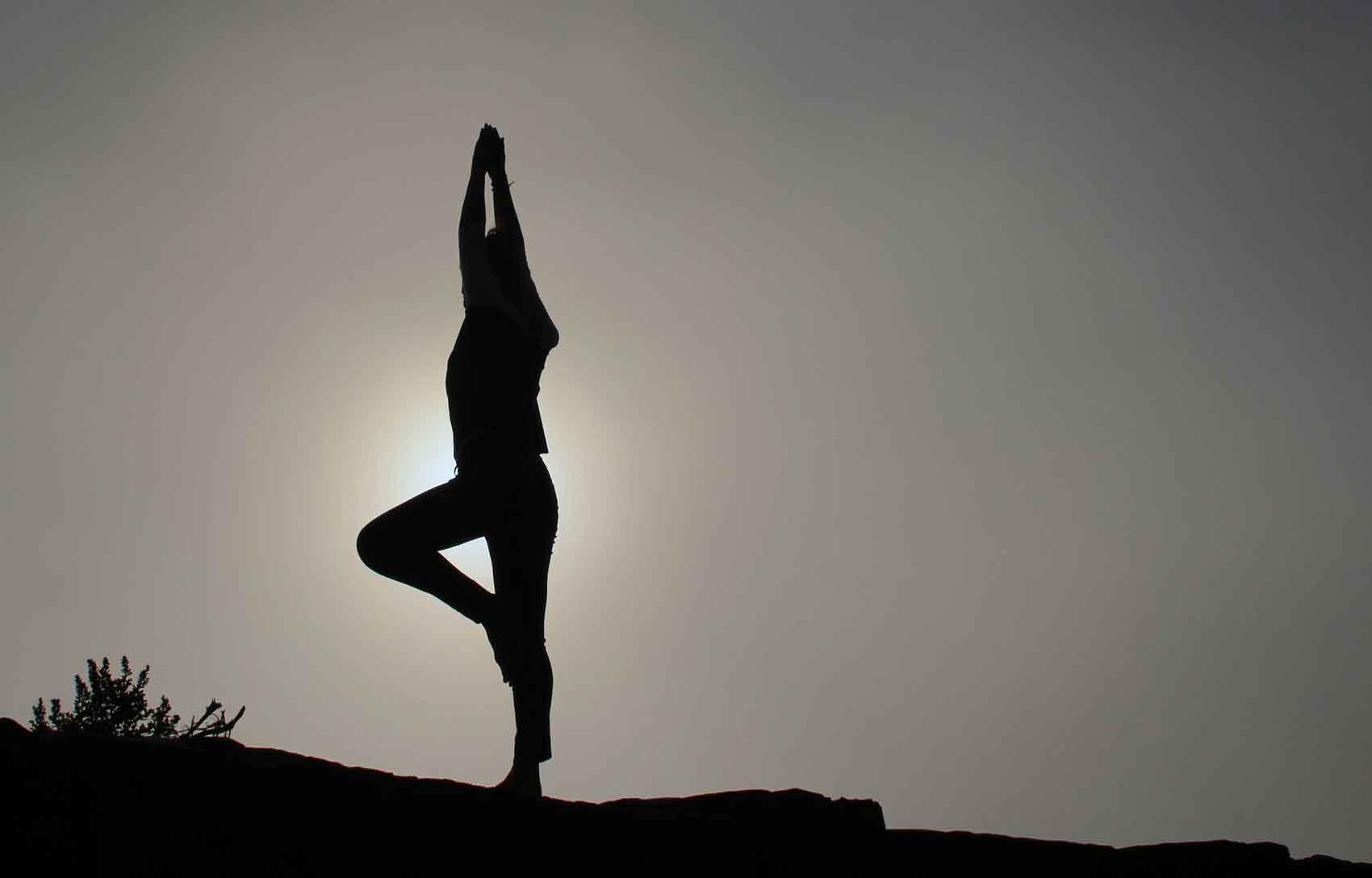
We are dedicated to improving the quality of lives of all patients across the lifespan with comprehensive, compassionate, and innovative medical care.
Learn More
Nominated by their peers, our physicians have been awarded the prestigious title of “Top Doc” in Phoenix Magazine for 17 years!
Learn More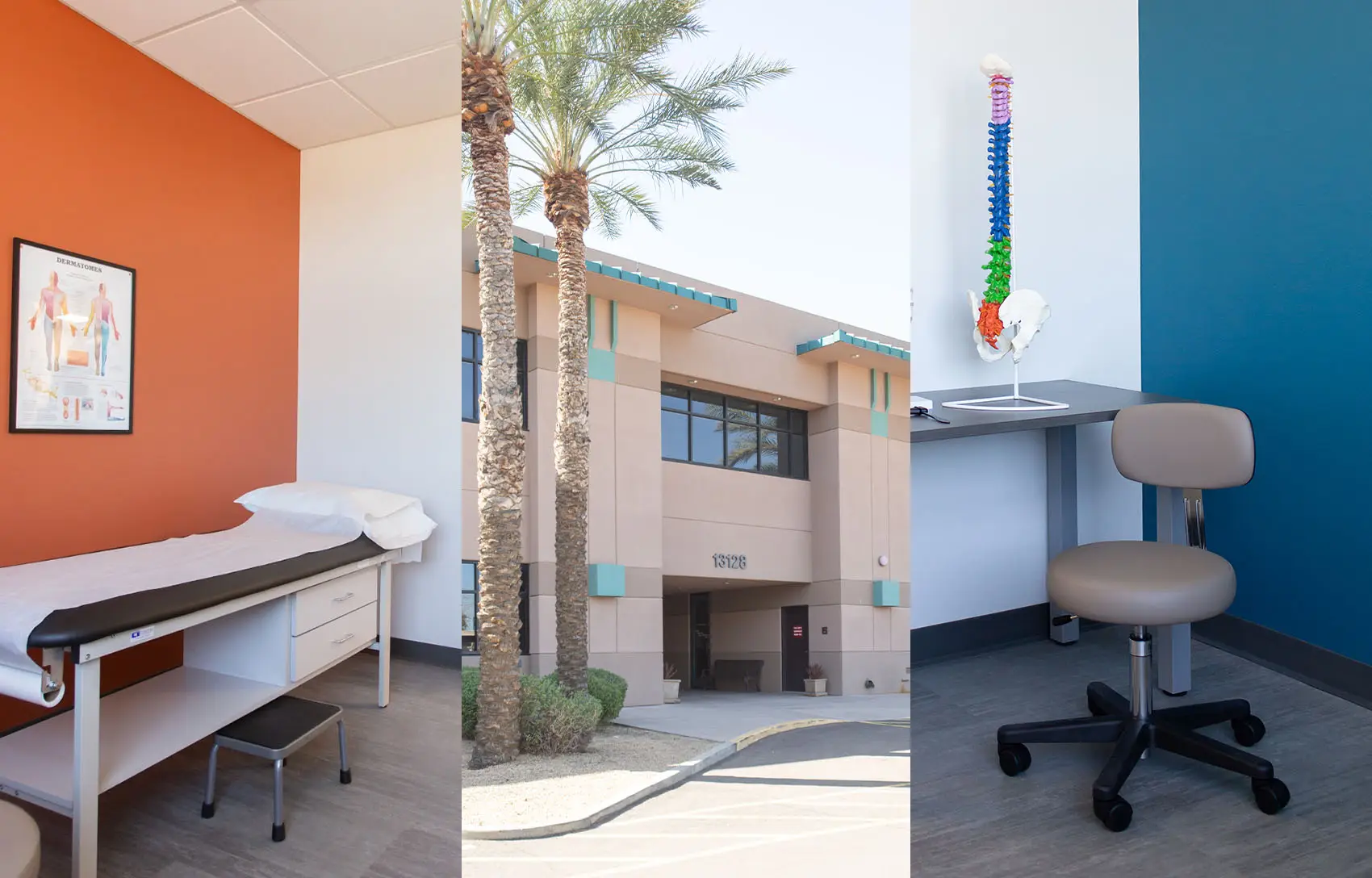
Visit one of our five convenient locations in Arizona.
Learn MoreThe physicians at Desert Spine and Sports Physicians are non-surgical specialists, meaning they are experts at using everything but surgery to help relieve pain and improve function. We focus on the whole person rather than just the problem area and perform:
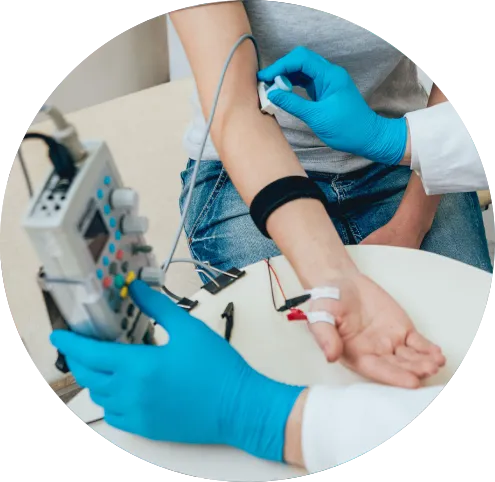
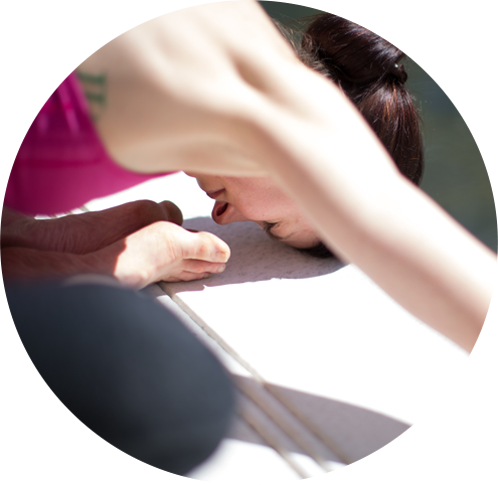
As specialists in PM&R or physiatrists, we are experts at diagnosing and treating problems affecting the nerves, muscles, and bones. Some of the diagnoses we commonly see at Desert Spine and Sports Physicians include but are not limited to:
Our aim is to guide you through every step of your recovery, equipping you with the resources and knowledge needed to achieve a full and lasting return to a healthy, active life. We connect patients with:

"Not often enough a Doctor that takes the time to listen, responds in clear simple understandable language. If I ever need anything they offer, I'll be back. Dr. Page was great. Thank for your assessment and referral. Very thorough.
All The Office personnel were very nice and helpful. Highly recommend!"
R.Muenchow
"I am thrilled to find this team! My first visit made me feel like I was finally on the right path to attaining a pain free back with simple safe steps that were relayed in a straight forward manner. The doctors were friendly and down to earth with professionalism!"
C. Spencer
"Dr Josh Reedy and Dr Susan Sorosky are great. I would highly recommend them. If you suffer from joint, back, hip pain, Desert Spine & Sport should be your first stop. I’m excited to get relief."
C. Butera
"Great experience with Dr. Ralhan! He was very professional, friendly and very knowledgeable about my injury and very attentive to my needs in order to get me to a speedy recovery. I would definitely recommend him!"
A. Harper
"Dr. Ralhan is very thorough and explains the root cause of the particular pain points. He is clear what the patient should expect from the treatment and provides a path forward for course of treatment. He also provides alternatives as applicable to ensure the patient is fully informed to make the appropriate decisions."
D. Oclair
"Had my first procedure today and all of my symptoms have improved already. Dr Sorosky is great. His staff is pleasant, professional, efficient and very nice. I would highly recommend this practice. I was at the Mesa Office."
N. Schimmenti
"Most efficient, friendly, competent staff and doctors in the valley. Dr. Sorosky is terrific. Today, I had two epidural injections to calm down a herniated disc in my next. Dr. Brad took the time to explain the procedure and walked me through each step. I highly recommend him."
M. Dwyer
"Dr. Ralhan is the first pain management doctor who shared all the information and made sure I understood it all. No rush, completely interested in hearing what I said. Staff was absolutely great ... friendly, efficient, caring. I really could go on and on. Absolutely recommend... rating from 1 to 10, I give them a 27!"
L. Johnson
"The office is beautifully clean. The staff are very delightful, and colorful! One office gal wears the brightest clothes…. She has several styles to choose from. Dr. Susan Sorosky is very professional at what she does. While being very kind and understanding of my needs. I highly recommend this office for your concerns. You won’t be disappointed."
L. Schons
"Dr. Tima Le has treated me over the years for various conditions associated with my neck, back and spine. Dr. Le is extremely thorough and takes the time to listen to her patients. Her diagnostic skills and her rapport with patients separates her from doctors I have seen in the past. I have recommend Dr. Le to family and friends needing her care and have no reservation referring her to anyone. Thanks Dr. Le for all you do for your patients and thanks for keeping me healthy."
Michael
"I am a continuing patient. Dr. Le and her assistant Naomi Alcock and other medical staff have been outstanding. Dr. Le is personable and professional and Ms. Alcock has taken ample time and patience to explain everything that has been done so far and in explaining what might be anticipated. I will be returning in the fall and I actually look forward to my appointment!"
Judy T.
"I want to take this time to send you a huge Thank You for a very positive epidural injection experience. I knew after coming to see you, that you were the one I would want to do this procedure. Thanks to you, I'm rest assured that I'm getting the best possible care. I also want to thank your staff, who were so professional, understanding and caring. They also helped put me at ease. And a definite "thumbs up" to the big guy who handled me like a sack of potatoes, only gently."
Dennis E.
Joe suffered from severe tennis elbow pain before visiting Desert Spine and Sports Physicians, often to the point where it would wake him up at night. After trying a few methods that offered only temporary relief, Dr. Brad Sorosky suggested PRP injections — leading to a therapeutic solution that transformed his life.
After years of doing strenuous yoga, Helena found herself living with chronic back pain. She was resigned to live with it — until she met Dr. Susan Sorosky of Desert Spine and Sports Physicians. Watch to hear Helena’s story of finding relief with PRP injections.
Back pain is a common issue that affects millions of people worldwide. While lower back pain can significantly impact one’s quality of life, regular exerc...
Physiatry, also known as Physical Medicine and Rehabilitation (PM&R), is a medical specialty that focuses on restoring and enhancing functional ability and ...
Neck pain is an extremely common condition that affects millions of people each year. This persistent discomfort can significantly impact your quality of life, ...
Platelet-rich plasma (PRP) and Hyaluronic Acid (HA) injections are two common treatments for joint pain and knee arthritis. PRP involves drawing a small amount ...
Small fiber neuropathy (SFN) is a complex and often misunderstood condition that affects the small nerve fibers in the peripheral nervous system. These tiny ner...
Living with joint pain caused by osteoarthritis can be challenging, affecting not only your mobility but also your overall quality of life. At Desert Spine &...
Desert Spine and Sports Physicians are thrilled to announce that Dr. Susan Sorosky and Dr. Brad Sorosky have been recognized as 2024 Top Doctors by PHOENIX Maga...
Ultrasound-guided injections utilize advanced imaging technology to precisely deliver medications into joints, tendons, bursas, and other musculoskeletal tissue...
